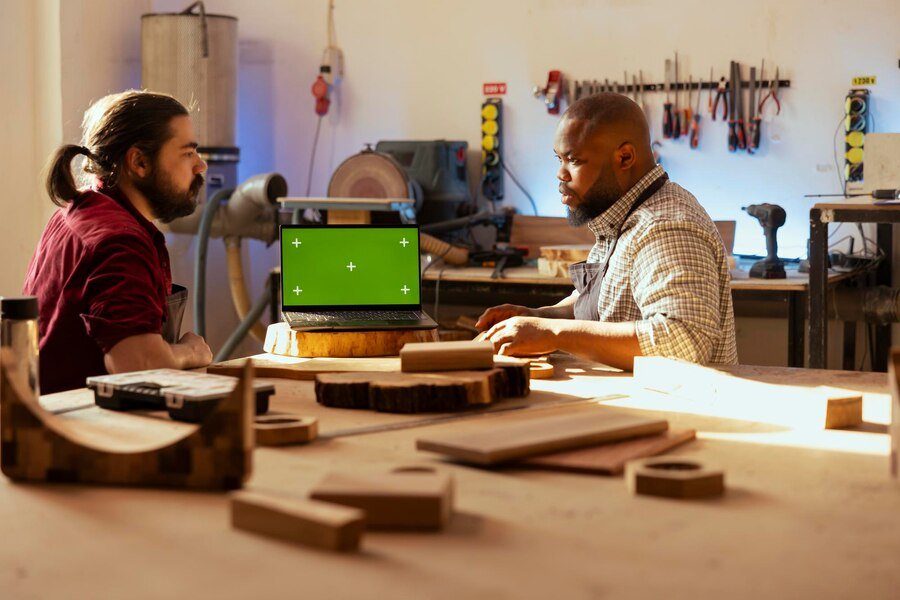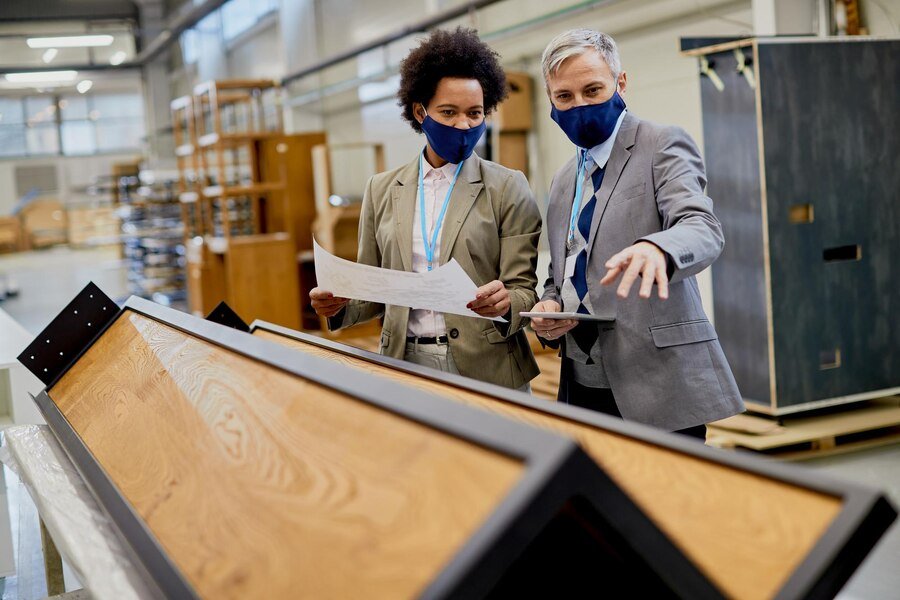Carvinsheet is a modern, highly versatile material that is increasingly being used in a wide range of industries, from construction and automotive design to digital fabrication and art. While not as well-known as materials like plywood, acrylic, or steel, Carvinsheet offers unique properties that make it an ideal choice for projects requiring precision, durability, and flexibility. It is often used in the manufacturing of custom parts, prototypes, and artistic designs.
This article explores the properties, applications, and advantages of Carvinsheet, highlighting why it is becoming a go-to material in various sectors. From its ease of manipulation to its environmental impact, we will delve into how this innovative material is transforming modern manufacturing processes.
The Composition and Properties of Carvinsheet
Carvinsheet is typically made from a blend of composite materials, including high-strength plastics, resins, and sometimes metals or fibers. Its composition can vary depending on the intended application, but what remains consistent is its high level of durability and adaptability. Carvinsheet can be thin and flexible for detailed work, or it can be made thicker and more rigid for structural applications.
One of the key properties of Carvinsheet is its ability to be easily carved, molded, or cut with precision tools such as CNC machines, laser cutters, or even traditional hand tools. This makes it an excellent choice for industries where customization is essential. Additionally, Carvinsheet is known for its lightweight nature, which makes it easy to transport and handle, even for large-scale projects.
Applications in Various Industries
Carvinsheet has found its place in several industries due to its versatility and adaptability. Here are some of the most common applications:
- Automotive Industry: Carvinsheet is often used to create custom interior and exterior parts for vehicles. Its flexibility and strength make it ideal for creating dashboard panels, door trims, and even aerodynamic enhancements for performance cars.
- Construction and Architecture: In the building sector, Carvinsheet is used to create decorative panels, cladding, and intricate design features. Its ability to be molded into various shapes allows architects to push the boundaries of design without compromising structural integrity.
- Product Prototyping: Designers and engineers frequently use Carvinsheet to create prototypes of products. Whether it’s a new tech gadget or an industrial machine part, Carvinsheet offers a cost-effective and easily customizable solution for rapid prototyping.
- Art and Design: Artists and sculptors are increasingly turning to Carvinsheet for its ability to be shaped and carved into detailed forms. Whether used for sculptures, installations, or custom furniture, the material’s adaptability allows for creative freedom.
- Signage and Displays: In retail and advertising, Carvinsheet is often used for creating signs, displays, and promotional stands. Its lightweight nature and ease of customization make it a popular choice for businesses looking to make eye-catching displays.
The Benefits of Carvinsheet Over Traditional Materials
When compared to more traditional materials such as wood, metal, or acrylic, Carvinsheet offers several distinct advantages:
- Precision and Customization: Carvinsheet can be cut, molded, or carved with a high level of precision. This allows manufacturers to create intricate designs or functional components with tight tolerances, which is often harder to achieve with materials like wood or metal.
- Durability and Strength: Despite being lightweight, Carvinsheet is incredibly durable. It is resistant to impact, wear, and environmental factors like moisture and temperature changes, making it ideal for both indoor and outdoor applications.
- Cost-Effectiveness: In many cases, Carvinsheet is more affordable than traditional materials, especially when it comes to custom projects. Its ease of manipulation means that less time and labor are required, which reduces overall production costs.
- Environmental Sustainability: Many types of Carvinsheet are made from recycled or recyclable materials, making it an eco-friendly choice for companies looking to reduce their environmental footprint. Its long-lasting nature also means that products made from Carvinsheet are less likely to need replacement, reducing waste.
- Lightweight and Easy to Transport: Unlike materials such as steel or hardwood, Carvinsheet is easy to handle, transport, and install. This makes it an ideal choice for large projects or for applications where weight is a critical factor, such as in automotive or aerospace industries.
How Carvinsheet is Shaped and Manipulated
One of the most appealing aspects of Carvinsheet is its versatility in terms of how it can be shaped and manipulated. Depending on the desired outcome, various tools and techniques can be used to cut, carve, or mold the material.
- CNC Machining: CNC (Computer Numerical Control) machines are commonly used to cut Carvinsheet into precise shapes. This process is highly automated, allowing for complex designs to be replicated with perfect accuracy every time.
- Laser Cutting: Laser cutting is another popular method for shaping Carvinsheet. This technique is particularly useful for intricate designs or projects that require fine detail, as the laser can make precise cuts without causing any damage to the material.
- Hand Tools: For smaller projects or when a more artisanal touch is required, hand tools such as saws, chisels, and sanders can be used to shape Carvinsheet. The material’s adaptability means that it can be worked by hand without the need for heavy machinery.
- Thermoforming: In some cases, Carvinsheet can be heated and molded into different shapes, a process known as thermoforming. This technique is useful for creating curved surfaces or 3D shapes, adding to the material’s versatility.
Challenges and Considerations
While Carvinsheet offers many benefits, there are also some challenges to consider. For one, the material’s performance can vary depending on its specific composition. Certain types of Carvinsheet may not be as strong or durable as others, so it’s important to select the right type for the intended application.
Another consideration is the material’s reaction to certain chemicals or extreme temperatures. While Carvinsheet is generally resistant to moisture and wear, it may not perform as well in environments where it is exposed to strong solvents or prolonged high heat.
Lastly, like any material, Carvinsheet has limitations in terms of how it can be manipulated. For example, while it is easy to carve and cut, it may not be the best option for applications requiring extreme flexibility or elasticity.
Environmental Impact of Carvinsheet
As sustainability becomes a growing concern across industries, Carvinsheet has the potential to be a more environmentally friendly option compared to traditional materials. Many manufacturers are creating Carvinsheet from recycled materials or using processes that reduce waste.
In addition to its recyclable nature, the longevity of Carvinsheet products means that less frequent replacements are needed, which contributes to reducing overall material waste. However, like any material, it’s important for users to be mindful of the specific type of Carvinsheet they are using and its overall environmental footprint.
The Future of Carvinsheet in Manufacturing

The use of Carvinsheet in various industries is likely to grow as manufacturers and designers continue to seek materials that offer a balance of strength, versatility, and cost-effectiveness. With advancements in technology, it is possible that Carvinsheet will become even more adaptable, with new compositions and capabilities expanding its applications further.
From architecture and automotive design to artistic creations, the possibilities for Carvinsheet are endless. As more industries adopt this material, its role in shaping modern manufacturing is sure to increase.
Conclusion
Carvinsheet represents a modern solution to many of the challenges faced in manufacturing and design today. Its adaptability, precision, and sustainability make it a standout material for those looking to create high-quality, custom products at an affordable price. Whether you’re building a car part, designing a retail display, or creating a work of art, Carvinsheet offers the perfect blend of strength and flexibility.
As industries continue to evolve, Carvinsheet will undoubtedly play a key role in shaping the future of production and design.











